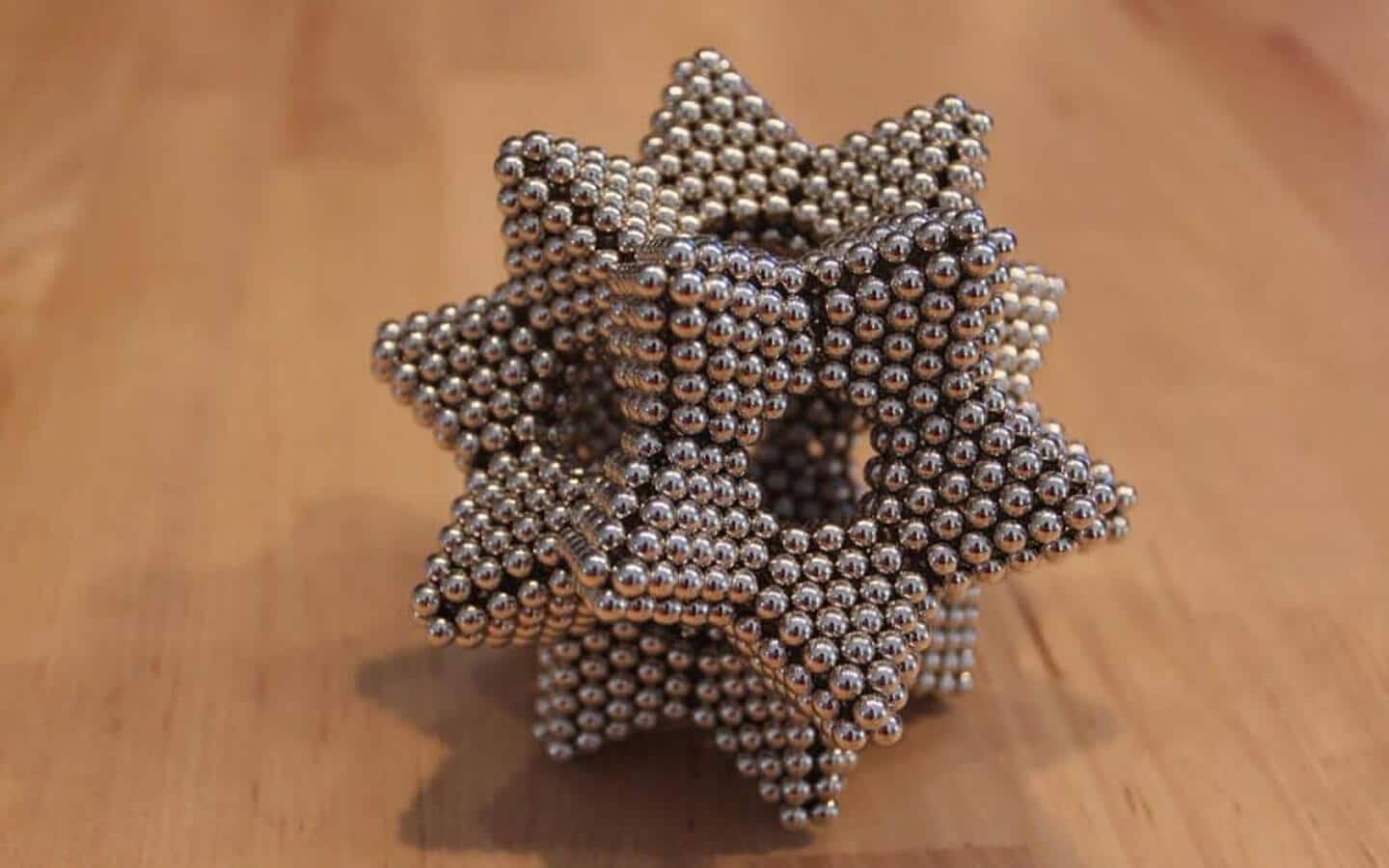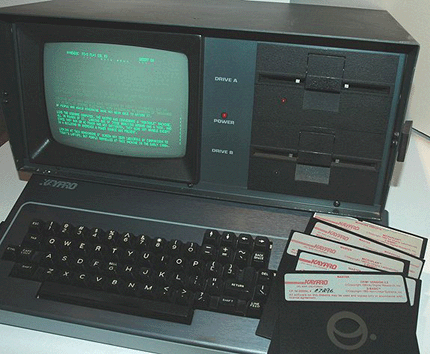Have you ever held a tungsten ring or tool and wondered if it’s magnetic? It’s a common curiosity, especially since tungsten feels dense, cold, and metallic—traits often linked to magnetic metals. Yet when you try sticking it to a magnet, it barely reacts. So, is tungsten magnetic, or does it only seem that way? Let’s unravel the fascinating science behind one of the world’s toughest metals.
What Is Tungsten? Understanding the Metal’s Unique Nature
Before diving into its magnetic behavior, it helps to understand what tungsten really is. Tungsten, symbolized as W on the periodic table, is a transition metal with atomic number 74. It’s renowned for having the highest melting point of any metal and an incredible density almost equal to gold. This makes it valuable in industries ranging from aerospace and electrical engineering to jewelry manufacturing.
Here’s a quick overview of tungsten’s physical and chemical characteristics:
| Property | Description | Value |
| Atomic Number | Element symbol “W” | 74 |
| Density | Extremely high | 19.3 g/cm³ |
| Melting Point | Highest among metals | 3422°C (6192°F) |
| Boiling Point | Very high | 5555°C (10031°F) |
| Magnetic Type | Weak (Paramagnetic) | — |
| Common Uses | Tools, filaments, rings, armor-piercing shells | — |
Tungsten’s structure is built from tightly packed atoms bonded in a body-centered cubic (BCC) lattice. This dense formation makes it hard, durable, and heat-resistant—but it also plays a key role in why it isn’t strongly magnetic.
Is Tungsten Magnetic or Non-Magnetic? The Short Answer
In plain terms, pure tungsten is not magnetic in the way iron, nickel, or cobalt are. Instead, it’s paramagnetic, meaning it shows a very weak attraction to magnetic fields but doesn’t retain magnetism when the field is removed.
Paramagnetism occurs when unpaired electrons in an atom slightly align with a magnetic field. However, in tungsten, these unpaired electrons are few, and their magnetic moments don’t line up strongly enough to create noticeable attraction.
Imagine it this way:
“If ferromagnetic metals like iron are magnets’ best friends, tungsten is more like a polite acquaintance—interested, but not attached.”
So, while a strong magnet like a neodymium magnet might tug faintly on a tungsten object, you’ll never see tungsten clinging to a refrigerator or behaving like typical magnetic metals.
Why Pure Tungsten Isn’t Strongly Magnetic
To understand why tungsten’s magnetism is weak, you need to look at its atomic structure. Magnetism in metals depends on how electrons spin and align. When electrons spin in the same direction, their magnetic moments reinforce one another, producing a magnetic field.
In tungsten, however, the d-orbitals (electron shells responsible for magnetism) are mostly filled, leaving little room for electron spins to align in the same direction. Without this alignment, no significant magnetic field is generated.
Temperature also plays a small role. At extremely low temperatures, tungsten’s magnetic susceptibility increases slightly—but not enough to make it truly magnetic. Once it returns to room temperature, that weak attraction vanishes almost entirely.
This characteristic makes tungsten valuable in industries where non-magnetic materials are preferred, such as medical tools used in MRI machines or components in sensitive electronic circuits.
Can Tungsten Become Magnetic in Alloys?
Pure tungsten may not be magnetic, but things change when it’s mixed with other elements. Tungsten alloys—metals combined with tungsten—often display varying levels of magnetism depending on what they’re blended with.
| Tungsten Alloy Type | Contains | Magnetic Behavior |
| Pure Tungsten | 100% W | Weakly paramagnetic |
| Tungsten Carbide | Tungsten + Carbon | Slightly magnetic |
| Tungsten Steel | Tungsten + Iron | Strongly magnetic |
| Tungsten-Nickel-Iron | Tungsten + Ni + Fe | Noticeably magnetic |
| Tungsten-Copper | Tungsten + Cu | Non-magnetic |
For example, tungsten carbide, often used in drill bits and jewelry, can show mild magnetic reactions because of impurities or binders like cobalt or nickel. On the other hand, tungsten steel, used in high-performance cutting tools, can be quite magnetic due to its iron content.
So, if you find a tungsten ring that sticks faintly to a magnet, it’s likely an alloy, not pure tungsten. Jewelry manufacturers often mix tungsten with small amounts of cobalt, iron, or nickel to make it easier to mold and polish.
Is Tungsten Magnetic in Everyday Items?
Tungsten appears in more everyday products than most people realize. Here are a few examples and their magnetic behaviors:
- Tungsten Jewelry: Most tungsten wedding bands and rings are made from tungsten carbide, not pure tungsten. Depending on the binding metal used (often cobalt or nickel), they may show a mild magnetic pull.
- Industrial Tools: Drill bits, cutting tools, and electrical contacts sometimes contain tungsten alloys. The magnetism varies—tools with steel components often respond strongly to magnets.
- Electronics: Tungsten’s non-magnetic nature makes it ideal for filaments, cathodes, and electrical contacts where magnetic interference must be avoided.
Case Study:
A simple test was performed using a tungsten carbide ring and a neodymium magnet. The ring showed a very faint attraction but didn’t cling to the magnet. This confirms that the minimal magnetic pull came from cobalt binders, not from the tungsten itself.
Comparing Tungsten With Other Metals
It helps to see how tungsten measures up against other common metals in terms of magnetism:
| Metal | Magnetic Type | Magnetic Attraction Level |
| Iron | Ferromagnetic | Strong |
| Nickel | Ferromagnetic | Strong |
| Cobalt | Ferromagnetic | Strong |
| Tungsten | Paramagnetic | Very Weak |
| Aluminum | Paramagnetic | Weak |
| Copper | Diamagnetic | Repels magnets |
| Gold | Diamagnetic | None |
| Titanium | Paramagnetic | Weak |
From this table, tungsten falls somewhere in the middle—weakly attracted like aluminum, but far from the strong magnetism of iron or cobalt.
Common Myths About Tungsten and Magnetism
Let’s debunk a few misconceptions that often circulate online and in jewelry shops:
- Myth: Tungsten is magnetic because it’s heavy.
- Truth: Weight and magnetism have no correlation. Tungsten’s density doesn’t affect its magnetic properties.
- Myth: Tungsten carbide rings always stick to magnets.
- Truth: Only tungsten carbide with cobalt or nickel binders shows mild magnetism. Pure tungsten carbide is nearly non-magnetic.
- Myth: All tungsten tools are magnetic.
- Truth: Industrial tools may appear magnetic only because they contain iron or steel along with tungsten.
Understanding these myths helps consumers make informed decisions when buying tungsten jewelry or working with tungsten-based materials.
How to Test if Your Tungsten Item Is Magnetic
Curious whether your tungsten ring or tool is pure or alloyed? You are able to conduct an easy magnet experiment in your own residence.
Here’s how to do it:
- Get a strong magnet—preferably a neodymium magnet.
- Hold the magnet close to your tungsten object without touching it.
- Observe the reaction:
- No movement = non-magnetic (likely pure tungsten).
- Slight pull = weakly magnetic (possible cobalt or nickel alloy).
- Strong pull = magnetic (iron-based tungsten alloy).
Safety Tip: If testing jewelry, wrap the magnet in a soft cloth to prevent scratches.
Practical Implications of Tungsten’s Magnetism
Tungsten’s non-magnetic nature gives it unique advantages across industries:
- Medical Field: Non-magnetic tungsten components are safe for MRI scanners and surgical tools.
- Aerospace and Defense: It’s used in counterweights, radiation shielding, and high-temperature components that must resist magnetic interference.
- Electronics: Tungsten’s stability makes it perfect for electrical contacts, filaments, and thermocouples.
- Jewelry: Tungsten’s resistance to magnetism ensures comfort and safety around sensitive devices or magnetic locks.
Its ability to remain unaffected by strong magnetic fields makes it indispensable in high-precision environments.
FAQs About Tungsten and Magnetism
Q1: Is tungsten carbide magnetic?
Tungsten carbide alone is weakly magnetic, but binders like cobalt can enhance magnetism.
Q2: Why doesn’t my tungsten ring stick to magnets?
It’s likely pure tungsten or uses a non-magnetic binder such as nickel-free alloy.
Q3: Can tungsten interfere with magnetic fields?
No. Its weak magnetic response makes it ideal for use near sensitive electronic or magnetic equipment.
Q4: Is tungsten safe to wear near magnets or MRIs?
Yes. Non-magnetic tungsten jewelry is safe around magnetic fields and won’t trigger sensors or distort MRI imaging.
Final Verdict — Is Tungsten Magnetic?
So, is tungsten magnetic? The answer is no—not in the traditional sense. Tungsten is a paramagnetic metal, showing only a weak attraction to strong magnetic fields. This mild response disappears once the magnet is removed.
When mixed with other elements like iron, nickel, or cobalt, tungsten can exhibit varying degrees of magnetism—but in its pure form, it remains almost non-magnetic.
That’s what makes tungsten so special—it’s a metal of immense strength, remarkable density, and minimal magnetism. Whether you’re wearing a tungsten ring, using a tungsten carbide drill, or working with tungsten components, you’re handling one of Earth’s most resilient and stable materials.














Leave a Reply